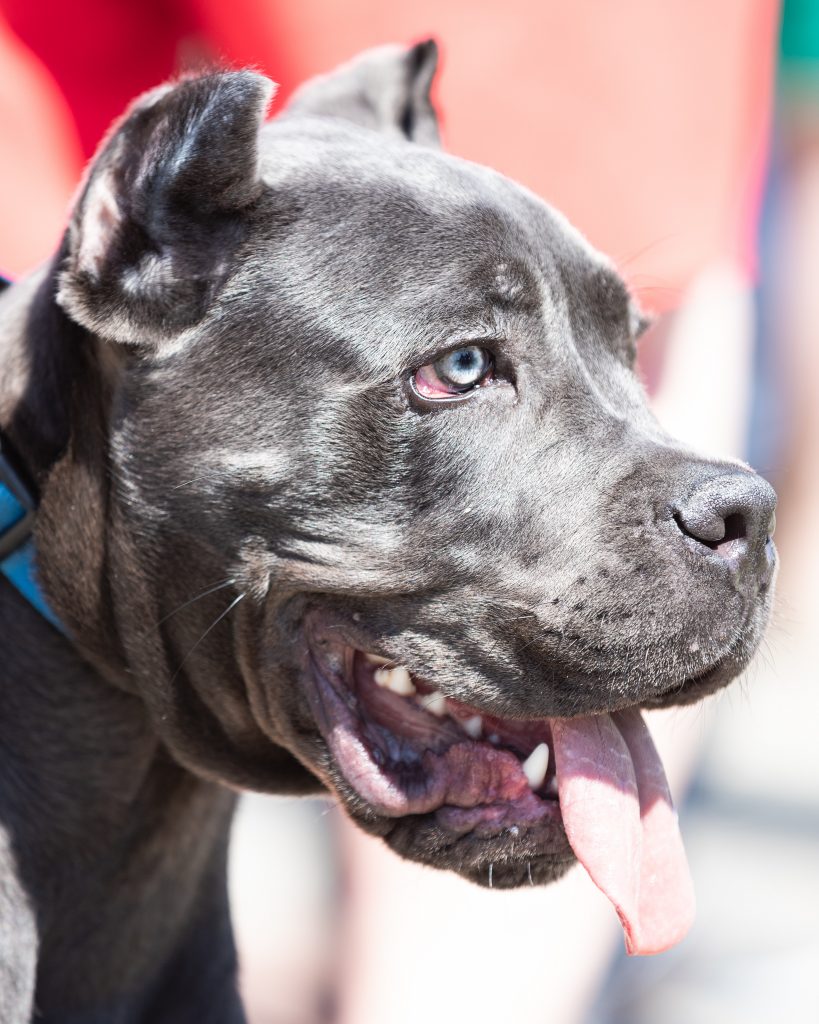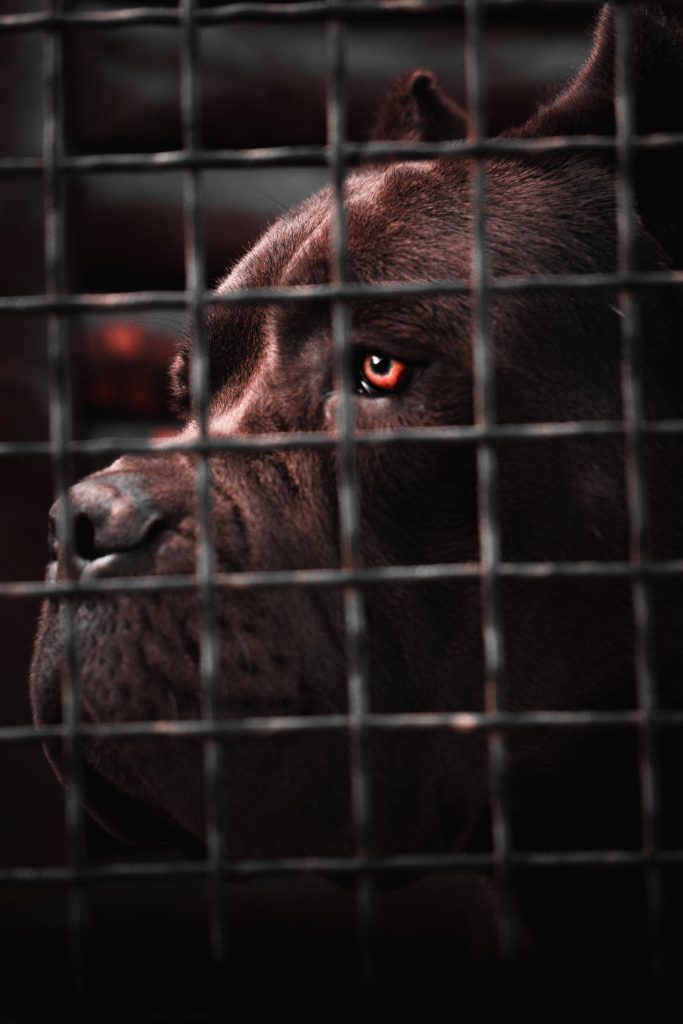The Cane Corso is a highly trainable, smart and loyal breed. Their name translates from Latin as “bodyguard dog”. The Cane Corso is a very large and intimidating breed, but with responsible breeding and early socialization with people and other dogs, these dogs are a great asset to your home!
The Cane Corso
Vital Stats of Cane Corsos
Vital Stats of this breed are as follows:
- Dog breed group: Working Dogs
- Height: 2-4 inches
- Weight: 120-160 pounds
- Lifespan: 10-12 years
Physical Characteristics of Cane Corsos
Cane Corsos coat’s are short, but they are double-layered. This requires weekly brushing, and daily brushing during shedding season. Their coat colors can be anywhere from black, brown, gray, gray brindle, red, black brindle, and chestnut brindle. Some Cane Corso will have markings around their face, also called a mask, that can be black, grey, or white.

Care for The Cane Corso
Cane Corsos are very high energetic dogs that require a lot of exercise. A daily brisk walk or even a run is highly recommended to maintain their health and muscle tone. This dog breed was specifically bred to work and is happiest when given a job. They need mental as well as physical stimulation or undesirable behavior will result. The Cane Corso should do well on a high-quality dog food, whether commercially manufactured or home-prepared with your veterinarian’s supervision and approval. Any diet should be appropriate to the dog’s age.
Health of Cane Corsos
Cane Corsos are generally healthy dogs, but with any breed they are susceptible to certain health issues such as:
- Hip Dysplasia
- Idiopathic Epilepsy
- Demodex Mange
- Eyelid Abnormalities
It is important to note that larger Cane Corsos with a deeper chest cavity are at risk for bloat and should be watched regularly after feeding.
History of Cane Corsos
The Cane Corso’s history goes back to ancient Rome and beyond. Historically, they fought alongside Roman legions, hunted boar and other prey, and, later, guarded flocks, property, and people on farms. The Cane Corso almost went extinct after World War II but experienced a resurgence in Italy in the 1970s, and was brought to the United States in the 1980s. The breed was recognized by the American Kennel Club in 2010.
















